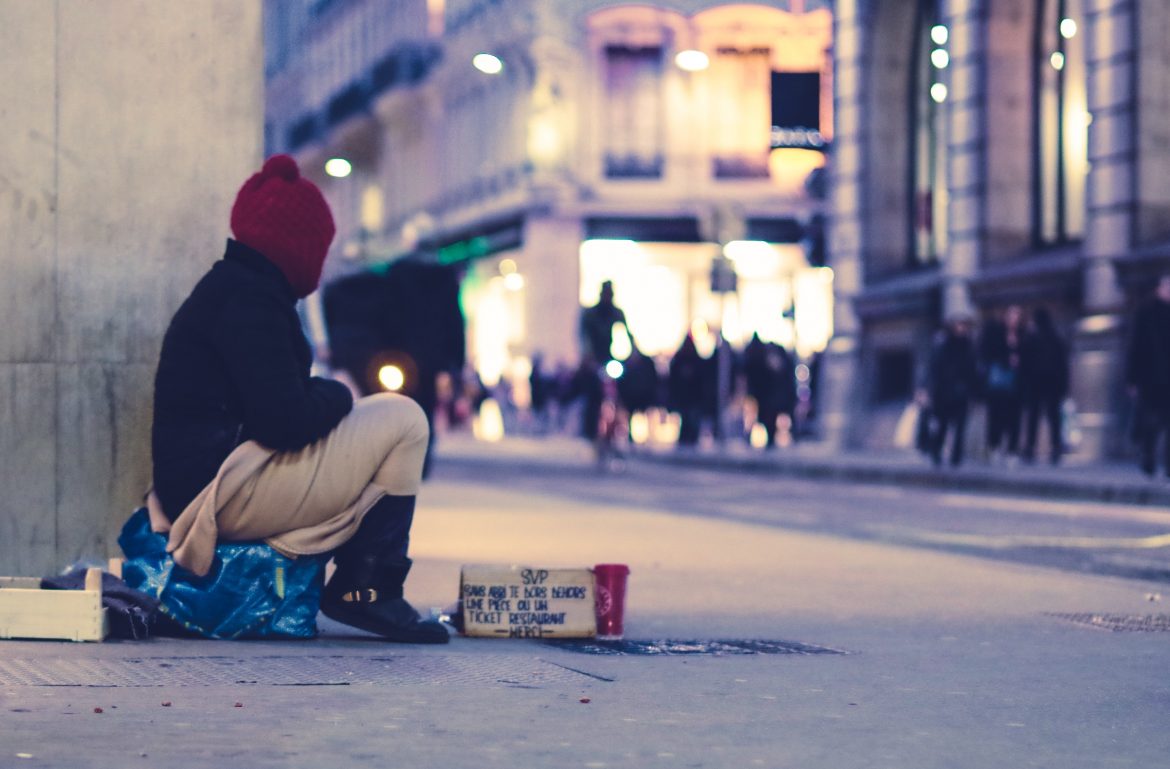Photo Credit: Ev, Unsplash
How are Toronto’s homeless doing amid COVID-19?
Aloysius Wong, Associate Opinions Editor
Having gone to school in downtown Toronto for most of my childhood, I’ve often been exposed to homelessness in the city. As a result, I’ve grown more attentive to the issue throughout the years, only recognizing the scale of it all as I’ve explored more of the city. The image isn’t a happy one: Fred Victor estimates that over 10,000 people in Toronto are homeless on any given night. In part, the issue is systemic, with Toronto’s lack of affordable or subsidized housing and existing shelters consistently operating at near-full capacity. However, support also has to be individual and holistic, and with higher rates of substance abuse and a variety of mental and physical illnesses in the population, related social and professional services must also be present, making adequate care particularly difficult to achieve.
The issue has only become more pronounced with COVID-19, with more people experiencing and at greater risk for unemployment and eviction. The city continues to respond with plans to provide more beds and respite centres as winter approaches, but the success of their measures thus far is debatable. There have already been 649 cases of and five deaths due to COVID-19 in Toronto shelters as of the end of September. Due to this, some have opted to camp outdoors, feeling that it’s the safer option while also providing them more ready access to various social services.
Moreover, finding and executing solutions to care for the homeless has a tendency of provoking some measure of public backlash. For example, citing concerns around public safety and protecting vulnerable populations of nearby elementary school students, community members have created petitions opposing a proposed shelter in New Toronto and the recent conversion of the Bond Place Hotel into a temporary shelter, garnering hundreds of signatures each. The requests raise legitimate concerns and appear to be reasonable and well-intentioned, but they do raise the question: if not there, then where? Unsurprisingly, it seems to be easier to support the homeless when it doesn’t impact you or your immediate community. And in a city that’s becoming denser and more expensive, the options for “ideal” locations to house the homeless seem to become fewer and fewer.
Like most social issues, there are no easy solutions to addressing homelessness. However, while there is no silver bullet, it is important to continue to support organizations like Covenant House and Fred Victor, and maintain pressure on governments to increase and better fund support systems. At the very least, we can each choose to not look away the next time we encounter a homeless person and do our best to treat them with the human decency they deserve.




